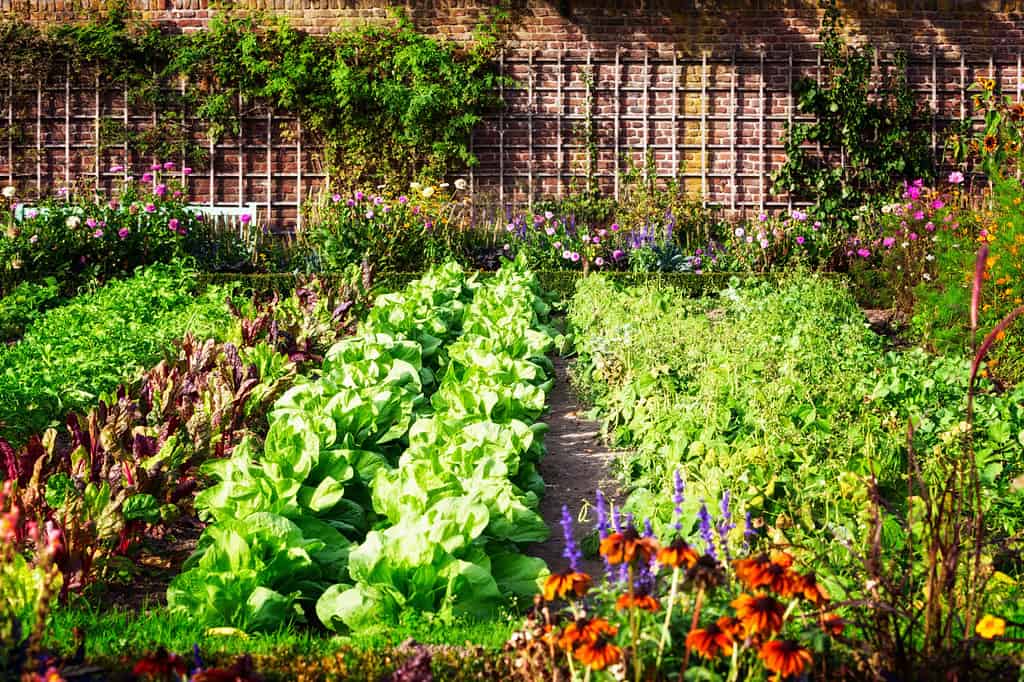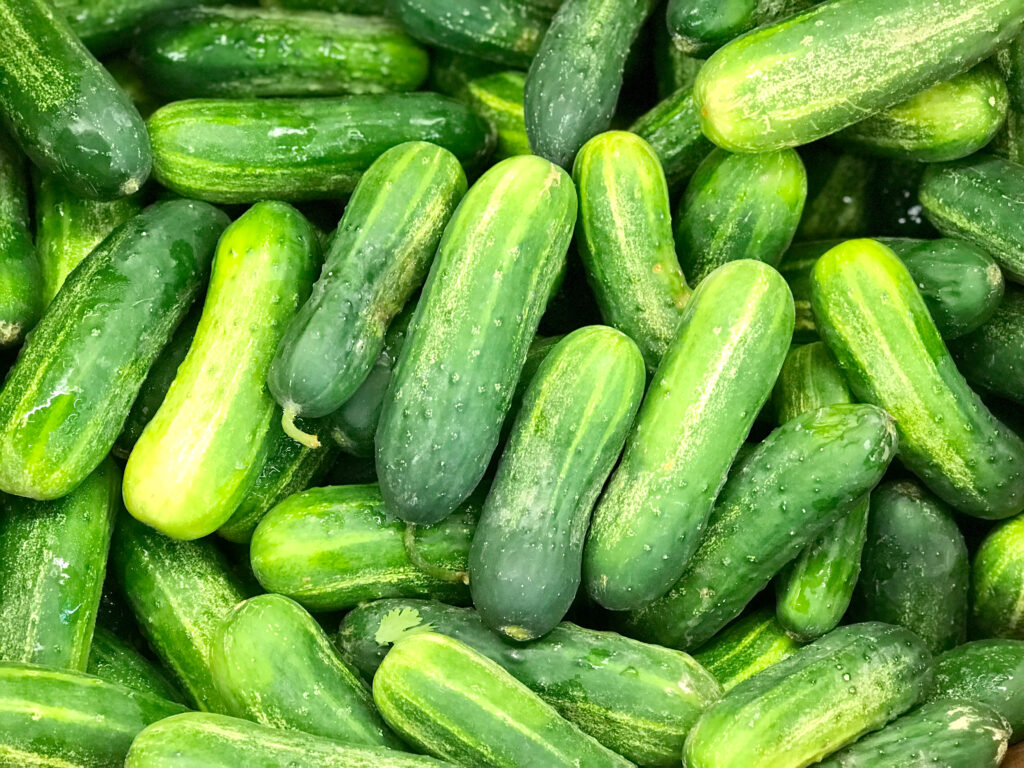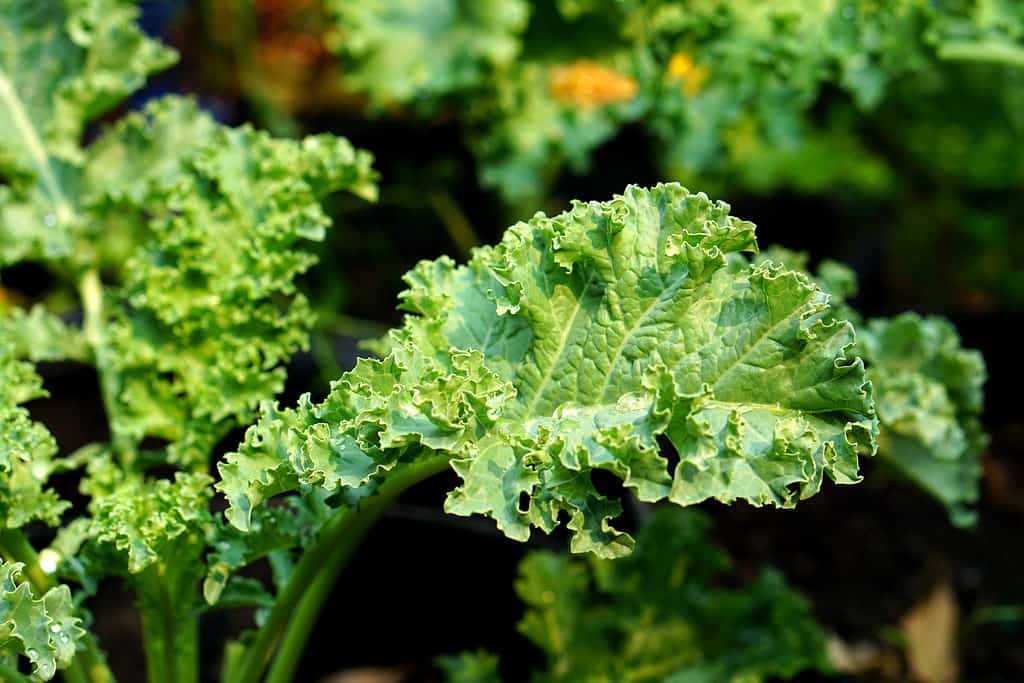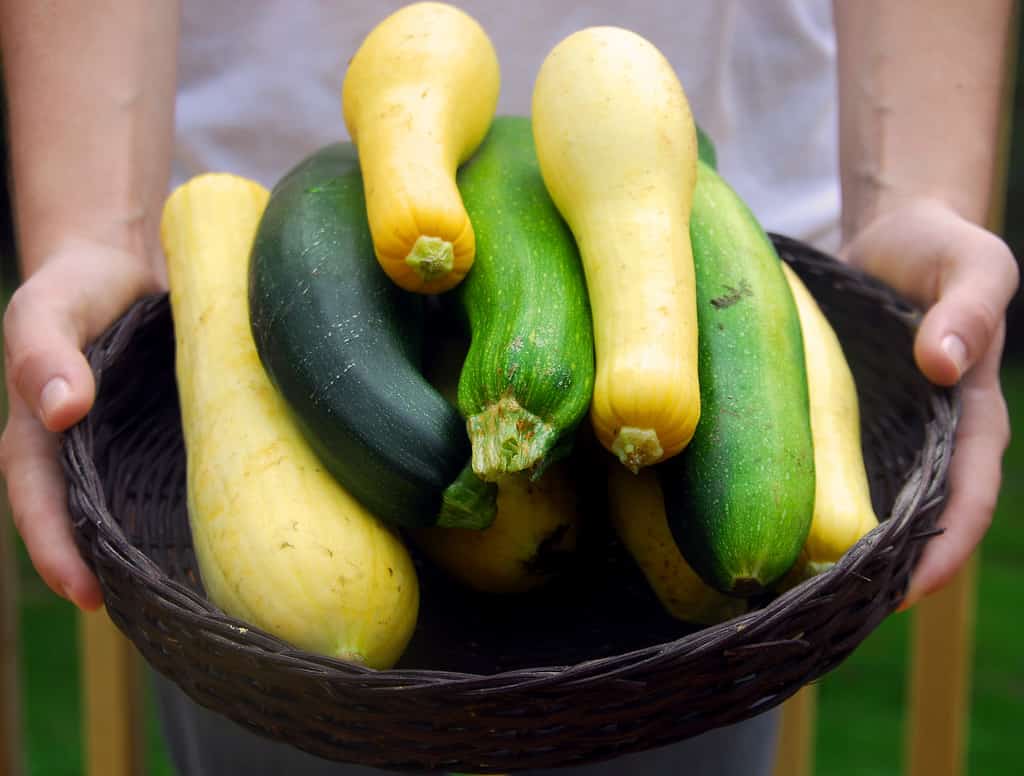The Sunshine State is unique when it comes to things Floridians plant in October. Florida is well-known for its mild winters and tropical climate, its proximity to the equator, and low elevation. Where gardening and farming are involved, Florida is a far cry from Minnesota.
The perpetually comfortable climate opens the door to a wide variety of gardening opportunities. The fall is considered the perfect time to plant several vegetables. Wherever and whatever you decide to plant, be sure to remove the remainder of previous plants, till the area a week or two before planting, check your soil pH, and add some compost.
Some vegetables Floridians plant in October are southern favorites on menus and home-cooking recipes. If you’re thinking the planting season is all but dead after Florida’s intense summer heat finally passes, prepare yourself for even more gardening opportunities. Florida is a state where year-round planting is not only common but highly productive as well.
The Best Fruits and Veggies Floridians Should Plant in October

©Edonelan, CC BY-SA 3.0 , via Wikimedia Commons – License
For most, October brings to mind pumpkin spices, the anticipation of Egg Nogg hitting the store shelves, cinnamon, and Halloween. While October is closely associated with sweets, it’s also the best time to plant year-round favorites in the South. It’s also not too late to focus on fruits as well.
1. Herbs

©ifiStudio/Shutterstock.com
Sure, herbs are a bit generic for the first one on our list, but the number of herbs Floridians can plant in October is quite extensive. Many of these herbs are crucial in several popular recipes, and they’re also great for holistic approaches to better health and well-being.
- Thyme
- Dill
- Tarragon
- Sage
- Cilantro
- Mint
- Oregano
- Lemon Balm
- Rosemary
If you’re also raising chickens, several of these herbs (thyme, oregano, rosemary, and lemon balm) are excellent as natural antibiotics and for productive laying. It’s also an excellent opportunity to supplement your spice cabinet with organic, home-grown herbs for both meals and natural, medicinal purposes.
Herbs are also fantastic companion plants because they repel many of the insects known for their destructive nature. Herbs will need plenty of sunlight (at least six hours worth) and they thrive in the cooler temperatures of Florida evenings. Though you don’t have to water Florida soil heavily in the late fall and winter months, herbs require plenty of water, along with premium fertilizers, for optimal growth.
2. Collards and Turnips

©iStock.com/Arayabandit
If you live even remotely close to a southern state, you probably know how much of a favorite collards and turnips are down here. Both are perfect for central and north Floridians to plant in October. If you live as far south as Miami, not so much.
October in central and northern Florida offers the perfect climate for leafy greens. The days may still be warm, but the cooler evenings are also highly beneficial to germination rates in leafy greens, along with the other vegetables and fruits on our list. As “cool-season” vegetables, collards and turnips grow best in a raised bed, with soil that’s cultivated and improved over the previous two weeks.
Compost is an excellent addition and, spending the entire summer working with a composter and storing the results will pay dividends by the time October planting rolls around. With most leafy greens, caterpillars, moths, and butterflies are your natural enemies. Using pest deterrents or pesticides with a focus on them will be more than enough to protect leafy greens until they’re ready to harvest.
3. Eggplants

.
©iStock.com/zhekos
Eggplants are primarily a central Florida plant in October. However, you can probably get away with planting it in South Florida if you time it right. Eggplant is one of the easiest vegetables for Floridians to plant in October because you don’t have to do much with it other than provide it with good soil.
As with leafy greens, caterpillars, butterflies, and moths love eggplants and will destroy the fleshy part of the vegetable as it grows, assuming you aren’t prepared. Spider mites are also problematic as well. Italian, Thai, American, Indian, Chinese, and Japanese eggplant variations are all well-suited for Florida’s October climate.
Eggplants are best when germinated in a pot and allowed to reach roughly 6″ in growth. Once it reaches that benchmark, it’s okay to go ahead and transplant it into its permanent place in your garden. Be sure to plant them in areas that get full sun throughout the day, in a raised bed or a very large pot.
4. Cucumbers

©Mohammad Hossen/Shutterstock.com
Another popular option for central and south Floridians to plant in October is cucumbers. Not only are they great for salads and a wide variety of meals, but they’re also great for your skin. If you love pickles, there are a ton of recipes out there for pickling your cucumbers, which often tastes much better than the store-bought variety.
As a warm season crop, cucumbers are not the vegetable of choice for north Floridians, thanks to the risk of a night or two of freezing temperatures, which may kill the crop. If you have chicken wire or any kind of wire fencing, cucumbers will love it. They are a vining plant, so the more structure they have to climb, the better.
Plus, allowing them some climbing room will keep them from growing outward, over your garden, which endangers other plants and reduces gardening space. Highly nutritious gravel soil is best, with plenty of drainage, though cucumbers thrive on plenty of water. If the area you plant them intends to flood, it will drown them.
5. Kale and Lettuce

©BlueSky_31/Shutterstock.com
This is a good combination because every good salad needs a healthy mix of light and dark greens. South Floridians can’t plant either in October, though kale and lettuce are perfect for central and northern Floridians.
The perfect temperature for lettuce and kale is between 60 °F (15.56 °C) and 70 °F (21.11 °C). Both kale and lettuce prefer plenty of water and at least 6 hours of sunlight, so you can plant them in the same general area, with the knowledge that both share the same basic temperature, nutritional, and water needs.
While lettuce is fairly straightforward, there are several varieties of kale, including ornamental versions. Fortunately, none of the varieties require a different method for planting and growing. Rich, organic, well-draining soil is best, with regular watering.
6. Squash

©CherylCasey/ via Getty Images
Squash is best for central and southern Floridians to plant in October. Florida is ranked #2 in the United States for its overall production of squash. The best part about planting squash is the variety, including summer and winter squash, acorn squash, pumpkin squash, butternut, and spaghetti.
If you’re in north Florida, squash planting ends in September. However, October is a fine month for squash planting in Florida’s central and southern portions. Squash grows best in areas with at least 6 hours of sunlight.
Pollinators are your friends with squash, so you have to walk a fine line between keeping out moths and caterpillars while opening the door for pollinators.
7. Strawberries
As far as strawberries are concerned, Floridians can plant them in October but no later than the 15th, and it’s best in north-central and north Florida. Strawberries grow very well in Florida, and the Sunshine State is one of the biggest strawberry producers in the country.
They are a little complicated to grow, but only because they require some extra attention. Strawberries love sunlight, so make sure to plant them in a spot that gets plenty of it, all day long. You want very rich soil and pots, rather than planting in the ground.
Strawberries love mulch, so be sure to pack plenty of mulch around the plant as it grows. A strawberry’s greatest enemies are weevils, beetles, aphids, and crickets, but you have to go easy on the pesticides. Don’t go at them too harshly, as strawberry flesh is sensitive.
Tips for Planting and Growing in October
Florida’s warmer climate opens the door to a lot of planting options throughout the fall, winter, and spring. For instance, northern states have trouble growing squash due to the plant’s vulnerability to summer heat and frost. However, there is a difference between south Florida and north Florida, so be sure to check your temperate zones before you start planting.
Inoculate in October
If you’ve kept your soil nice and fertile throughout the spring and summer months, and the soil is rich and ready for October planting, there’s no reason to fertilize before you plant. Instead, inoculate your lawn, as it will help your future crops resist bacteria, fungi, and other, harmful microbes.
Go Easy on the Watering
Florida is already a humid state and though the winter dries the air somewhat, it remains so throughout all the seasons. You don’t have to water as much in the fall. If you need to know how much water your garden needs in the fall and winter, refer to your local water management recommendations.
Mulch
With less watering and cooler temperatures, a solid layer of mulch around your plants will help retain existing moisture while also applying some additional warmth whenever a cool snap rolls in. In Florida, the first cold snaps usually arrive in the latter half of October, though there’s a notable but gradual temperature drop starting in later September.
Final Thoughts
In an excellent time for Floridians to plant, in October. Hardy plants are more than capable of tolerating Florida’s mild winters and warm fall months. Of course, the same level of patience and work is required. Though gardens don’t get the kind of insect invasions in the fall that they do in the winter, they are still very vulnerable to a wide range of insects and other, destructive species.
If you follow the normal guidelines for growing in October, maintain excellent soil conditions, and cultivate your vegetables or fruits with the right amounts of water and sunlight, you can have an endless supply of year-round, homegrown fruits and veggies for your home!
The photo featured at the top of this post is © Andrii Salomatin/Shutterstock.com
Thank you for reading! Have some feedback for us? Contact the AZ Animals editorial team.






